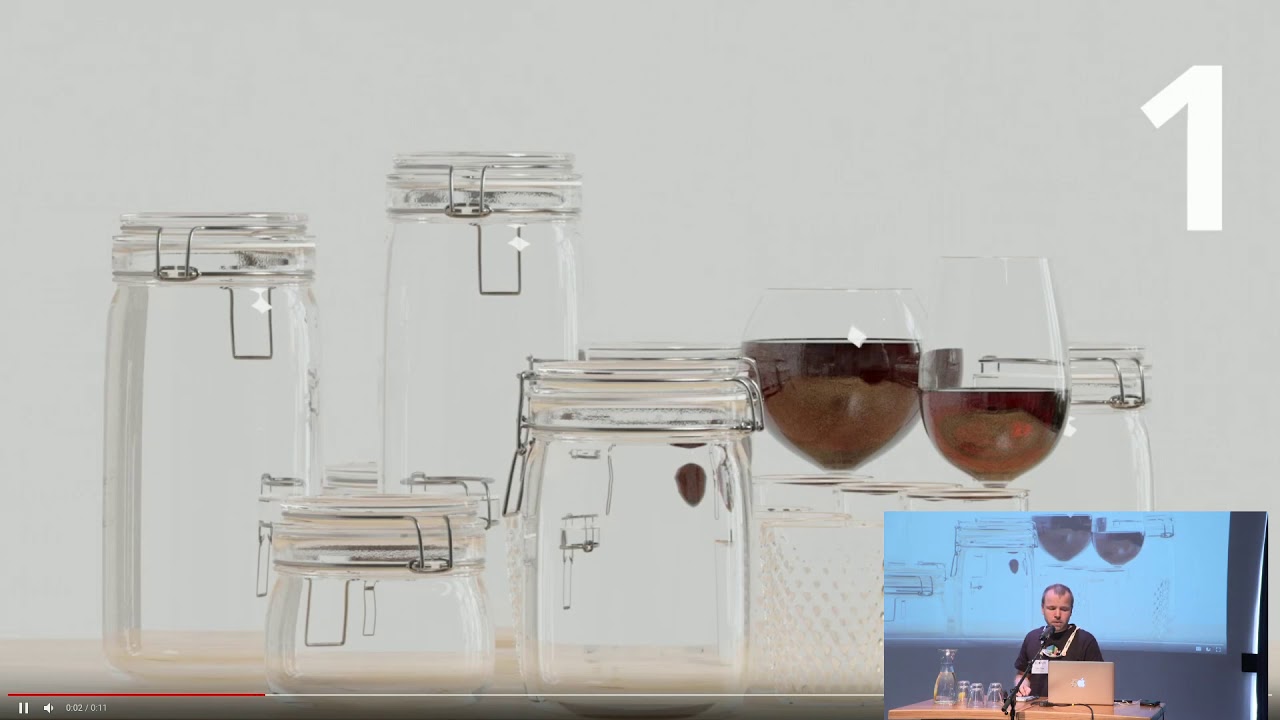Hi Stan,
I really don’t appreciate this negative post. I’m here asking for help on how to create realistic looking textures in 2.8.
I’ve been teaching high school students age 14-18 how to use blender for 10 years. 3D modeling wasn’t invented when I went to art school, so I think I’ve been doing a really good job getting my students up to speed in the 40 minutes I see them each day for 180 days.
I’ve found Andrew Price’s cycles tutorial series to be the easiest, most effective way to let students learn by tutorial. The alternative is for the entire class to move click by click with me through the year. This is agonizing for advanced students who get it right away.
That being said, if you or anyone else here knows a good, free, and accessible resource for helping my students please offer that up, for I have spent countless hours on the internet looking for good resources and there just aren’t that many out there that go deeper than beginner level for texturing.
In my 3D Modeling course, I start students off with the Blender Basics classroom tutorial book by James Chronister. I think this resource provides a great overview of the Blender workflow. https://www.cdschools.org/cms/lib04/PA09000075/Centricity/Domain/81/BlenderBasics_4thEdition2011.pdf Chapter 4 covers textures, but it doesn’t get us to realism. We used to create the lighthouse scene in Blender Render. Since Mr. Chronister has no plans to update the book for 2.8, I’m looking for new resources.
Then I move into cycles shaders, using Price’s Donut tutorial series. But now that is also obsolete since the update to 2.8. Has has made a new series, but it doesn’t cover shaders as extensively as the series from around 2015.
After that, I ask students to create a food model scene of their choice. I’ve been pleased with the outcome of these artworks.
Next, we move into Hard Surface Modeling, again we follow a few tutorials on subsurf and mean creases to create a low poly car, then I ask students to do visual research to select and create a hard surface model of their own. Again, I’ve been very pleased with the results.
Later in the course, we move into low poly character modeling. I ask students to modify the tutorial example to make it their own.
We finish out the year with curves and NURBS.
I have a great program going. My students have been very successful. One of my students currently works for Pixar, since she transferred from Disney Animation Studios in Burbank, CA.
I think I have a good handle on modeling. The second level course is animation in blender. I’m good there as well.
WHAT I NEED HELP WITH: is realistic texturing in Cycles and Evee. I cannot find reliable resource that are easy to follow. Does anyone here know of a place I can find that? I’d prefer a tutorial series so that my students can follow along at their own pace, and I can facilitate, again, to eliminate the click by click problem.
I’ve been posting questions on this forum for about 9 years, and I have received countless valuable bits of knowledge that I have passed on to my students. Never have I encountered the unhelpful and rude feed back that you have posted here, Stan, This ain’t facebook. We’re here to help one another.
I was not expecting a troll here.



